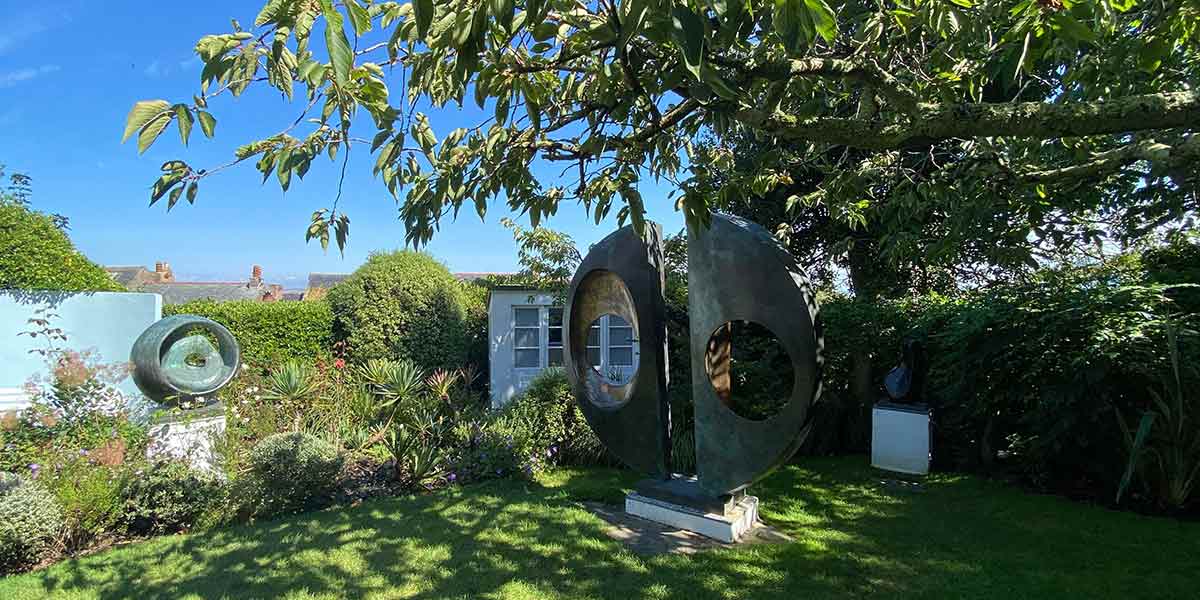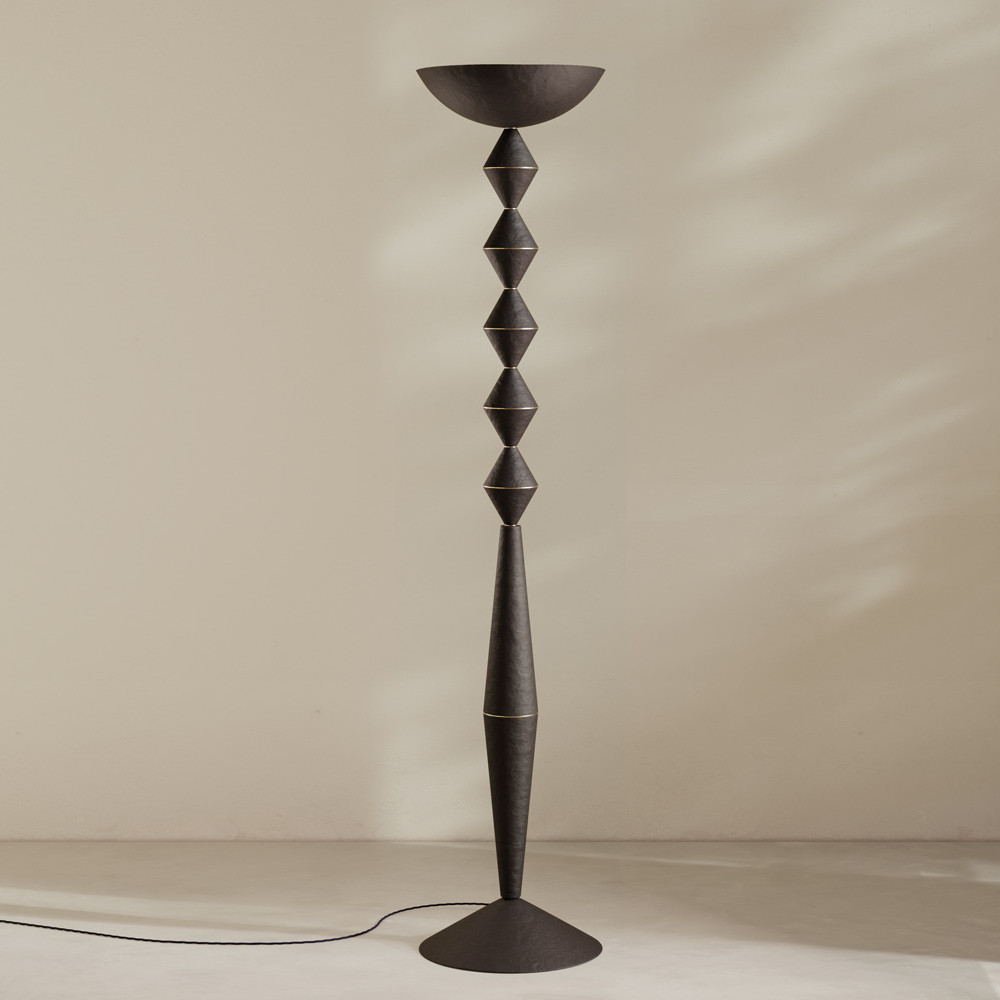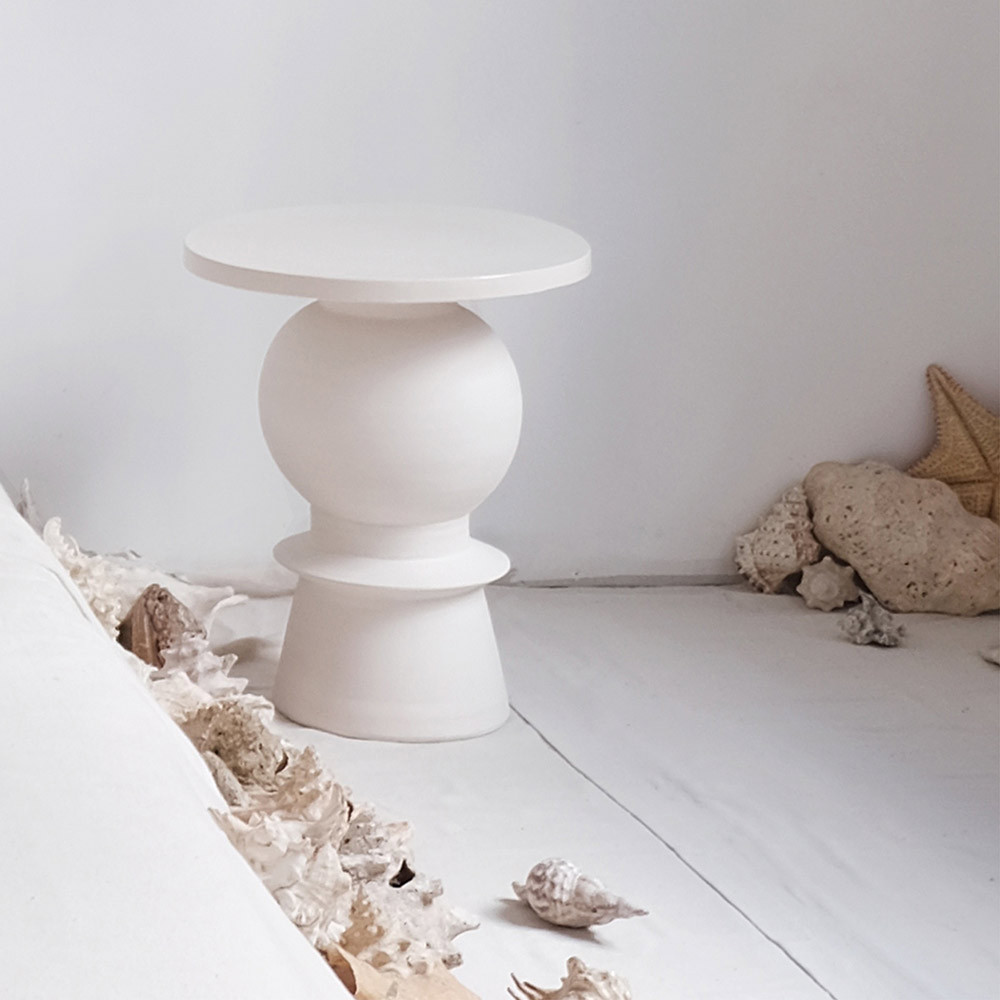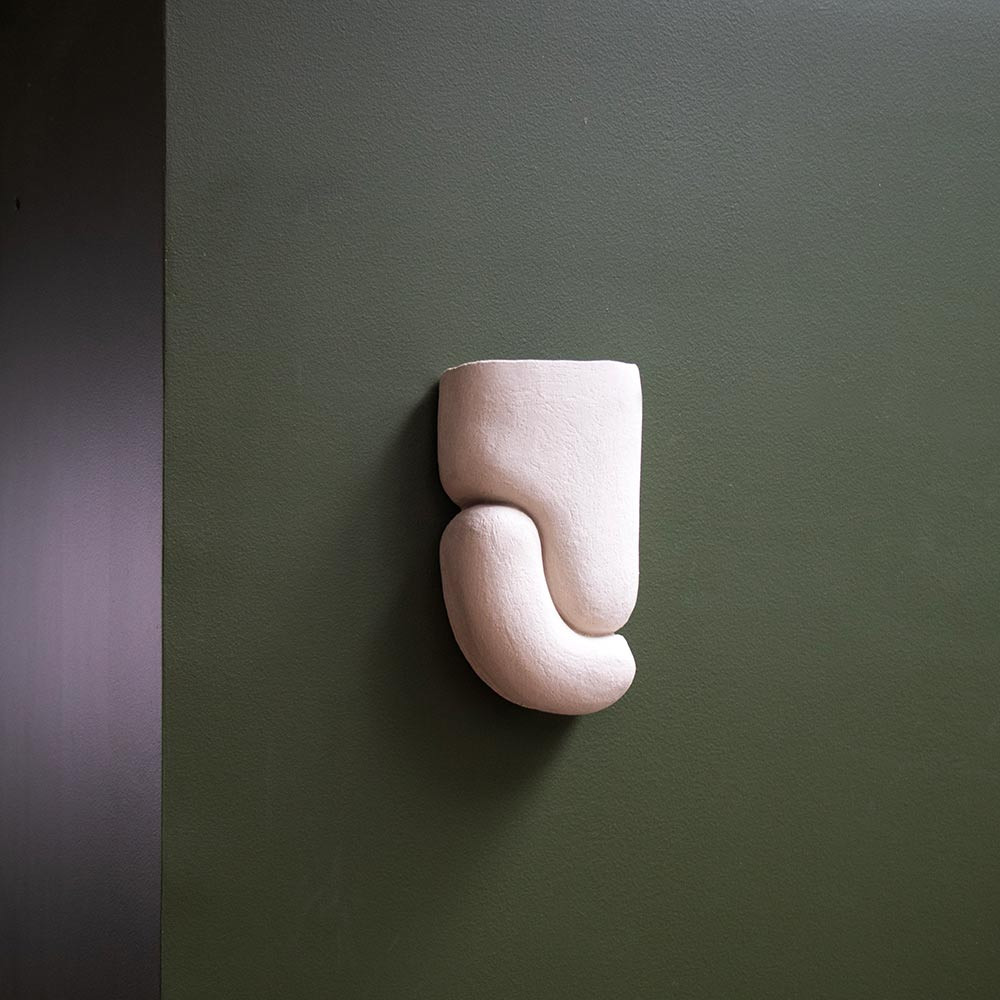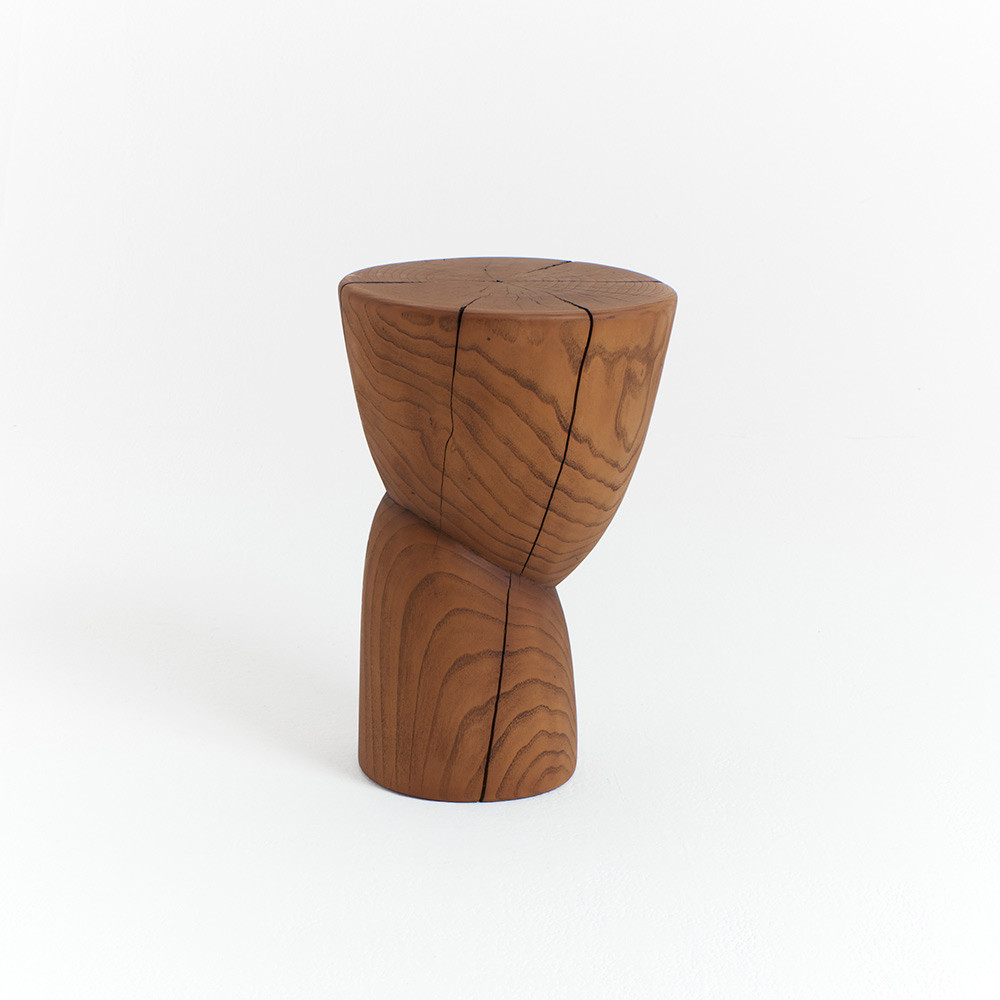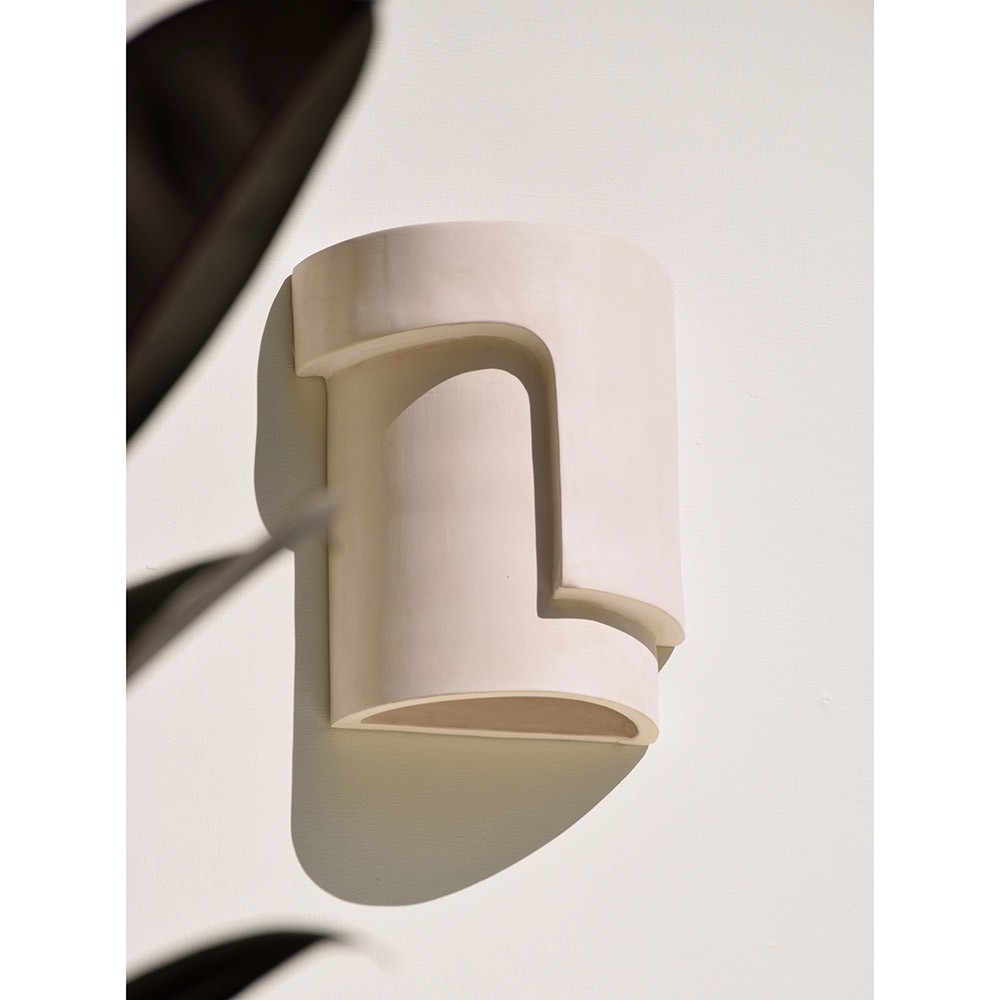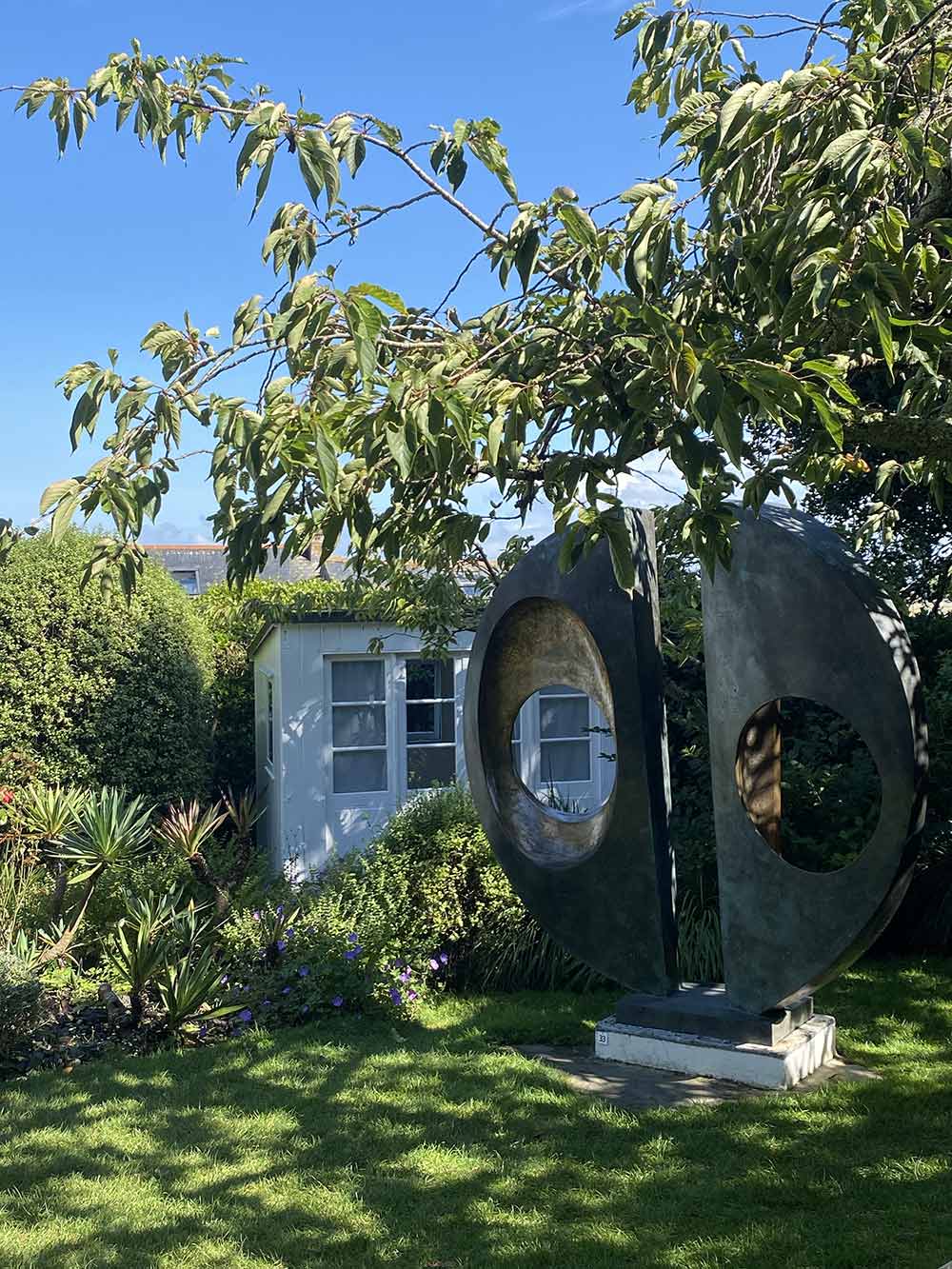
Barbara Hepworth
When Landscape Shapes Art
One of Britain’s most daring and visionary sculptors, Barbara Hepworth is celebrated for her organic forms, for her dynamic interplay between solid and void, convex and concave. Her St Ives studio, managed by the Tate since 1980, is still imbued with her presence, almost fifty years on.
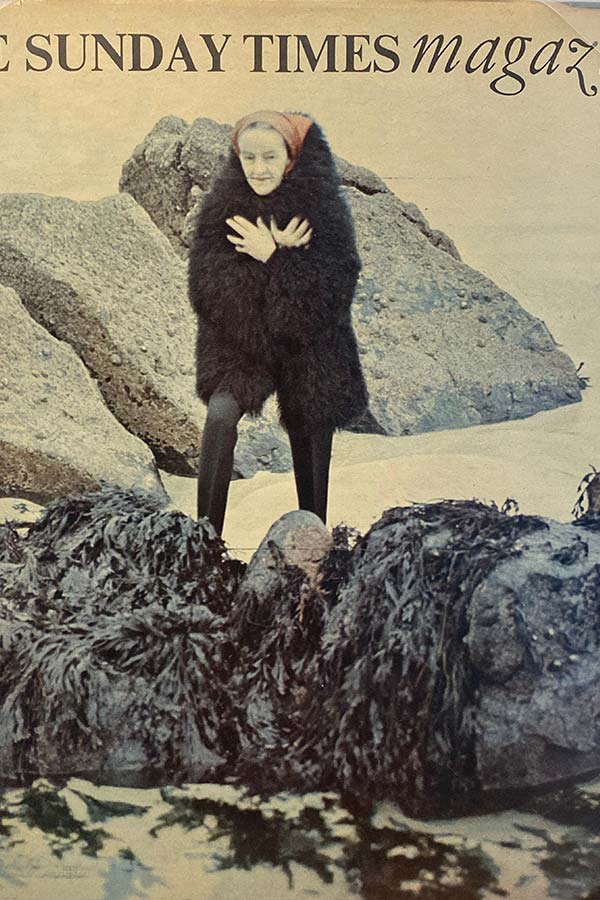
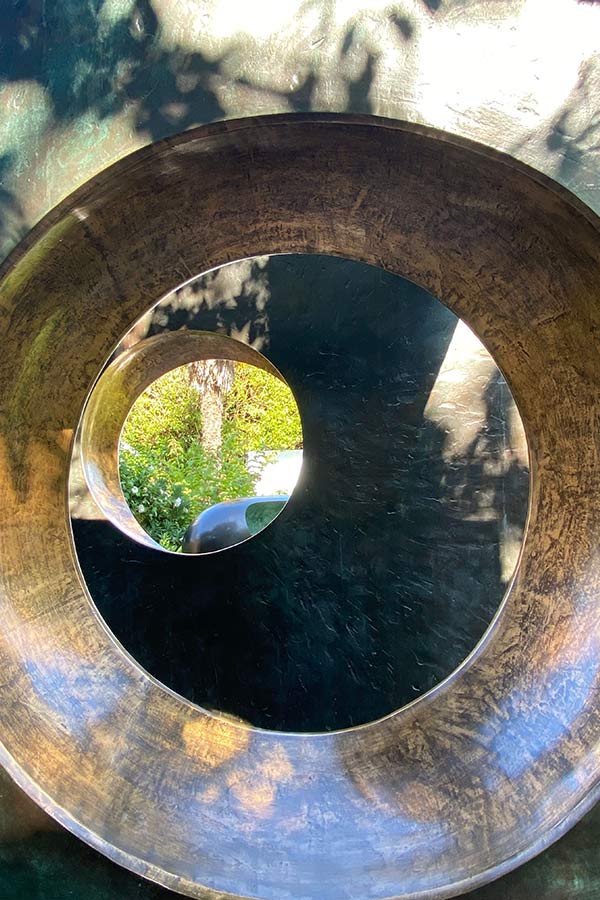
Born in Wakefield in 1903, Hepworth was fascinated with shape and form from an early age. « All my early memories are of forms and shapes and textures. Moving through and over the West Riding landscape with my father in his car, the hills were sculptures; the roads defined the form. Above all, there was the sensation of moving physically over the contours of fullness and concavities, through hollows and over peaks – feeling, touching, seeing through mind and hand and eye. This sensation has never left me. I, the sculptor, am the landscape. I am the form and I am the hollow, the thrust and the contour. »
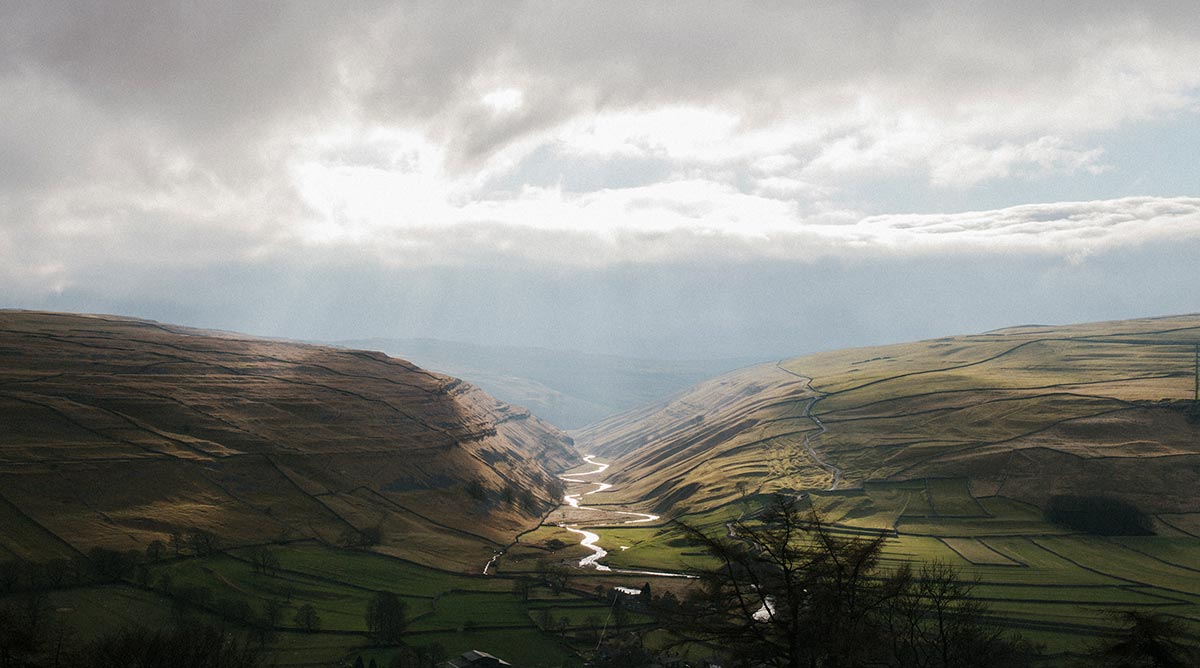
@Michael Turek
At the age of seven, studying Egyptian statues at school, she already felt the irresistible pull of sculpture: «Space and volume, so tangible, enveloped me in a sharp, brilliant light amidst the surrounding darkness. » After attending Leeds School of Art and the Royal College of Art in London, Hepworth moved toward abstraction, pushing the boundaries of traditional sculpture.
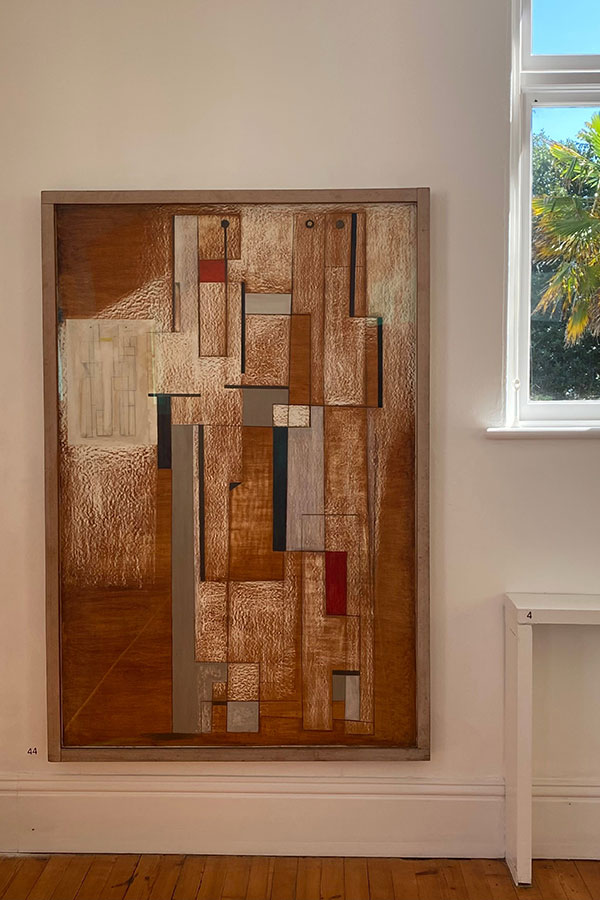
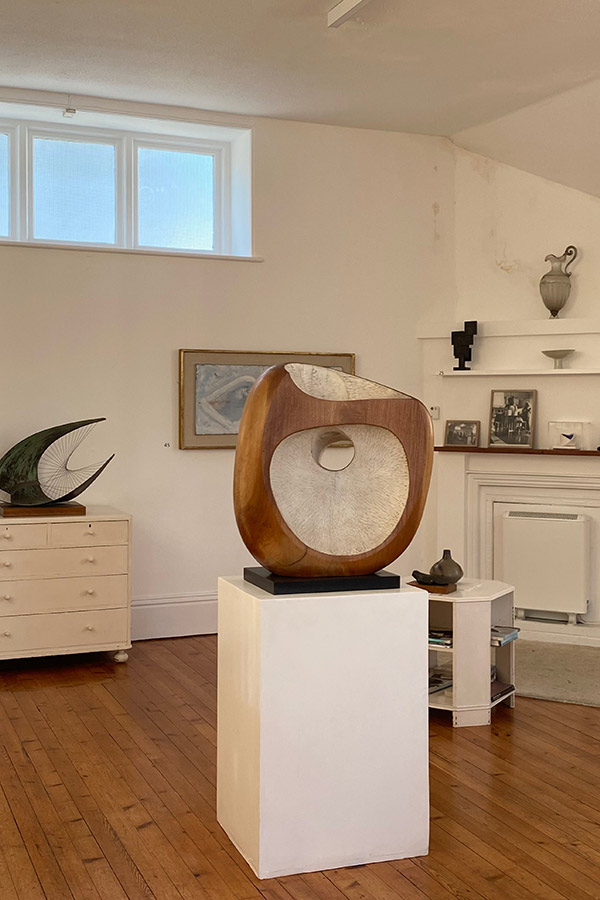
Her journey, shaped by pivotal encounters with renowned artists like Brancusi and Arp, explored the intimate relationship between humanity and nature, forms and voids, in a subtle tension that gave her monumental sculptures their compelling uniqueness.
In 1939, seeking refuge from the second world war, Hepworth moved with her husband Ben Nicolson and their young children to St Ives, a place where the landscape – cliffs, sea, and moors – shaped her art profoundly. She drew strength from the elements; crafting sculptures that echoed the tension she felt with nature.
It wasn’t until a decade later, however, that she found the perfect space for her work: the Trewyn Studio, an open-air light filled haven. Here, she produced some of her most iconic works, until her tragic death in 1975, in the fire of her studio.
« Finding Trewyn Studio was a sort of magic. For ten years I had passed by with my shopping bags not knowing what lay behind the twenty-foot wall… Here was a studio, a yard and garden, where I could work in open air and space. »
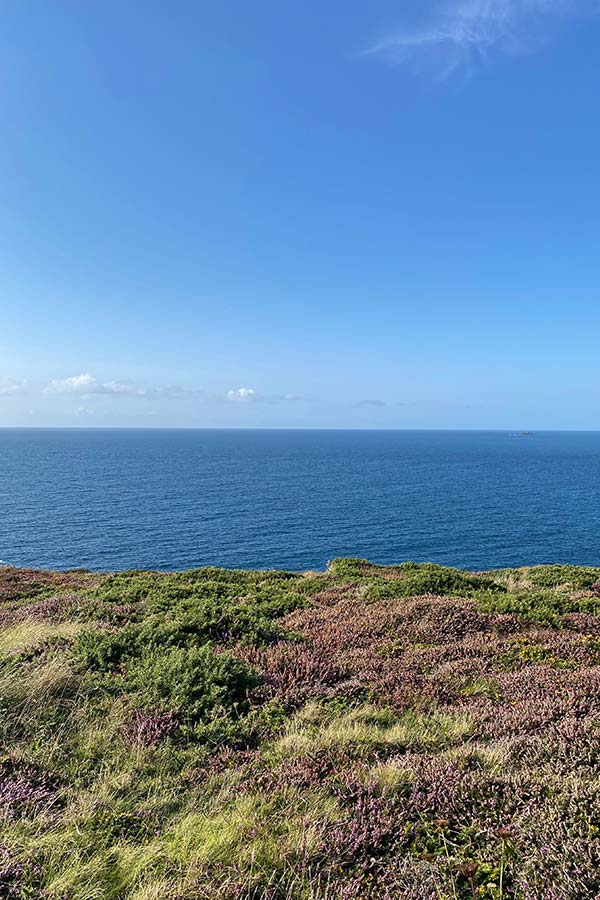
Trewyn Studio, tucked away from the bustling streets of St Ives, remains a sanctuary-like space.
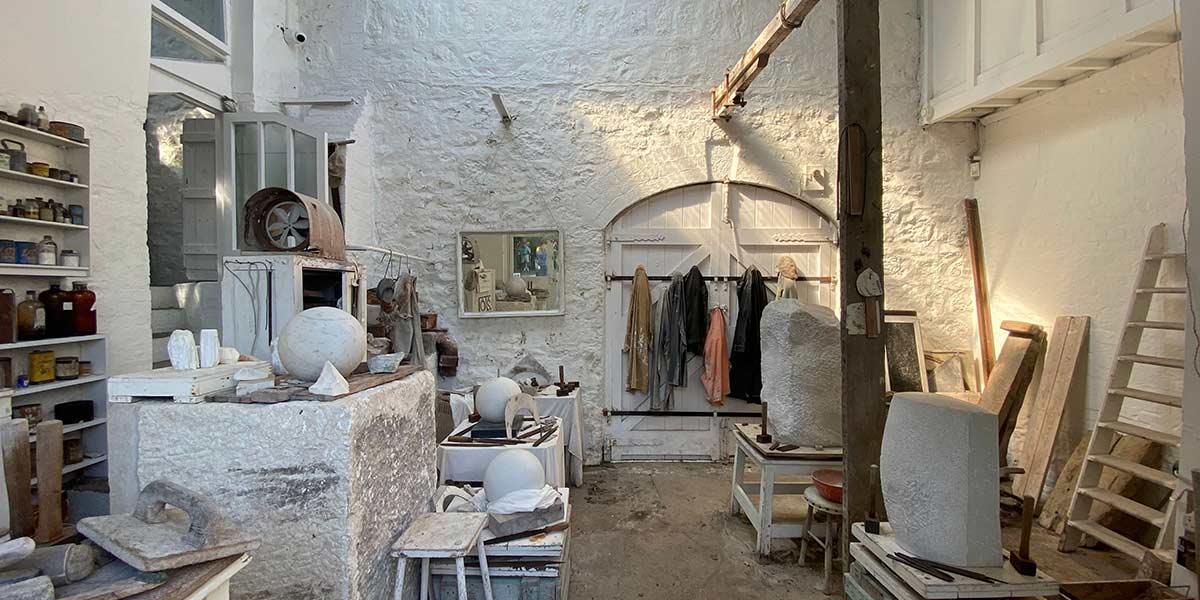
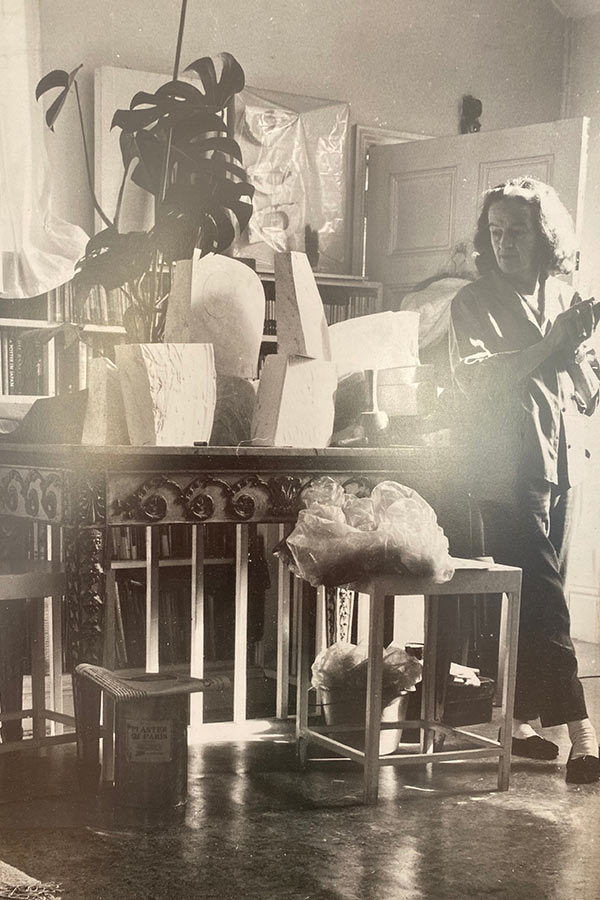
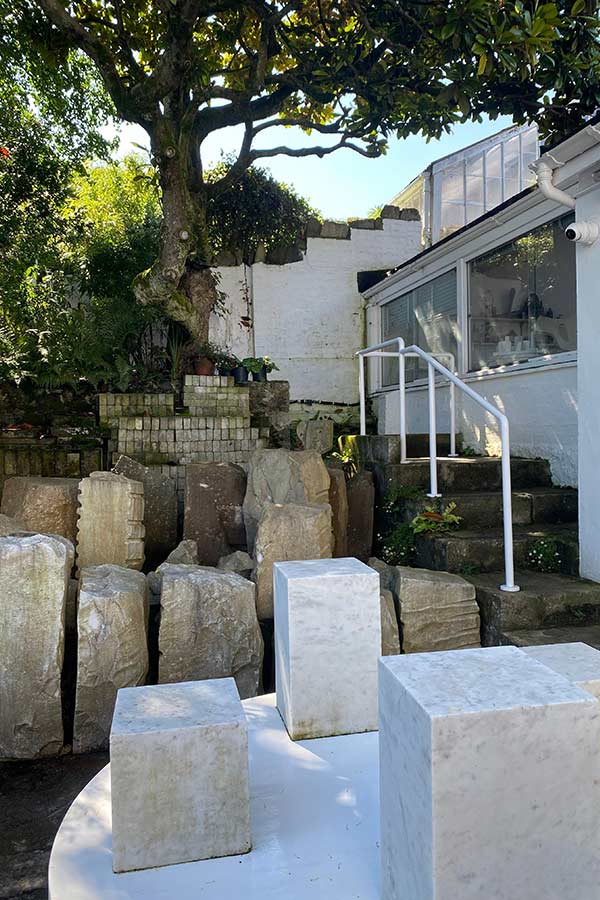
The sculpture garden extends beyond the studio, with terraced paths winding through lush subtropical plants. From certain points you can glimpse the sea. In Hepworth’s time you could see it from the bed set up in the garden shed.
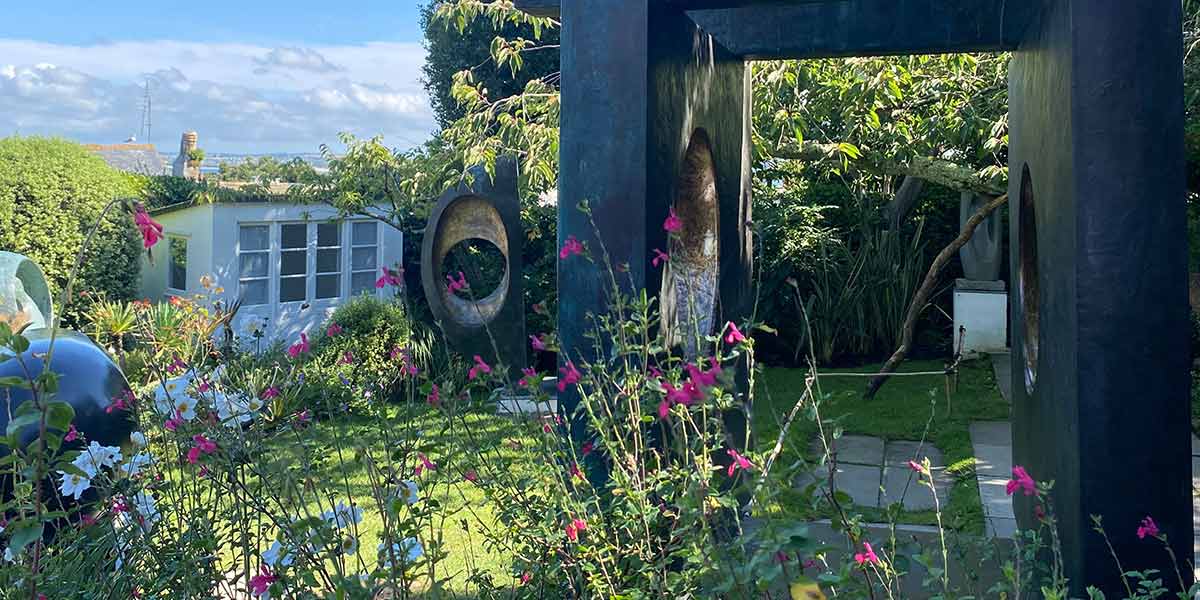
Hepworth’s sculptures, carved from raw materials like bronze and marble, are perfectly at home amongst the foliage. Each piece reflects the natural forms around it, as if they were designed in concert with the landscape. The composer Priaulx Rainier, in St Yves at the time, helped design the garden.
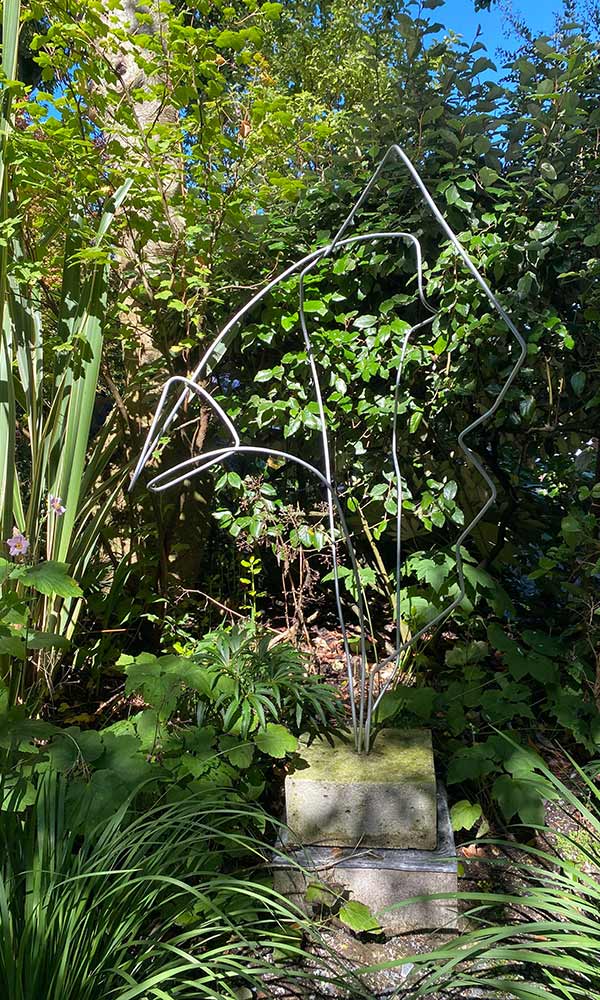
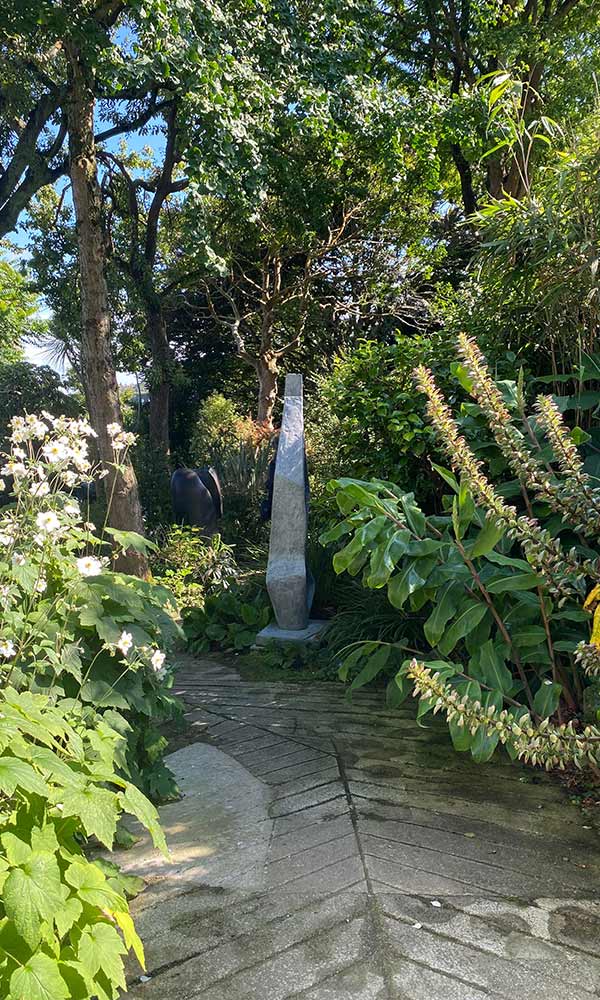
Light filters through the garden’s leaves, casting vibrant patterns that highlight the sculptures’ textures. Up close, hidden details emerge. Every turn reveals a new perspective, creating an immersive experience that draws visitors into a dialogue with the art. This blend of nature and abstraction fosters a sense of calm and contemplation, making the art not just something to observe but to feel.
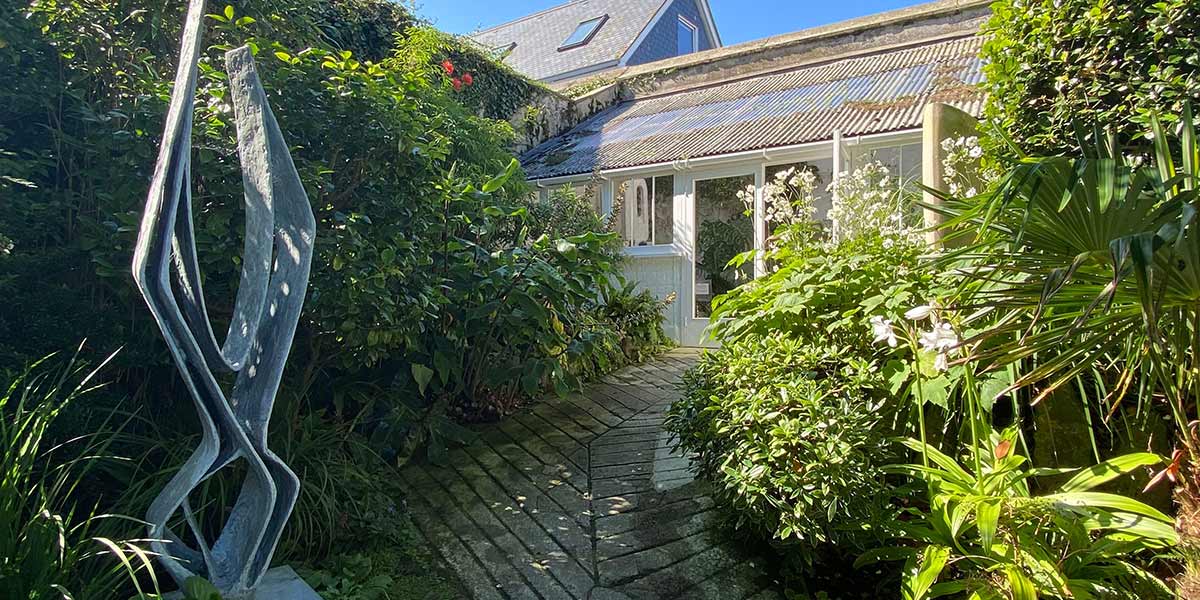
Barbara Hepworth never fit into any mould, which is what makes her legacy so vibrant, as Sarah Matson, director of the Tate St Ives, explains: «Barbara Hepworth’s language is universal and timeless. This is why her sculptures resonate with the ancient stones of Cornwall, such as those at Mên-an-Tol, and she remains one of the few artists of her generation whose work can naturally integrate into contemporary art exhibitions today. »
Her sculptures live and breathe with the changing light, wind, and seasons. This garden is not just a setting for her work but a living, evolving testament to her vision.
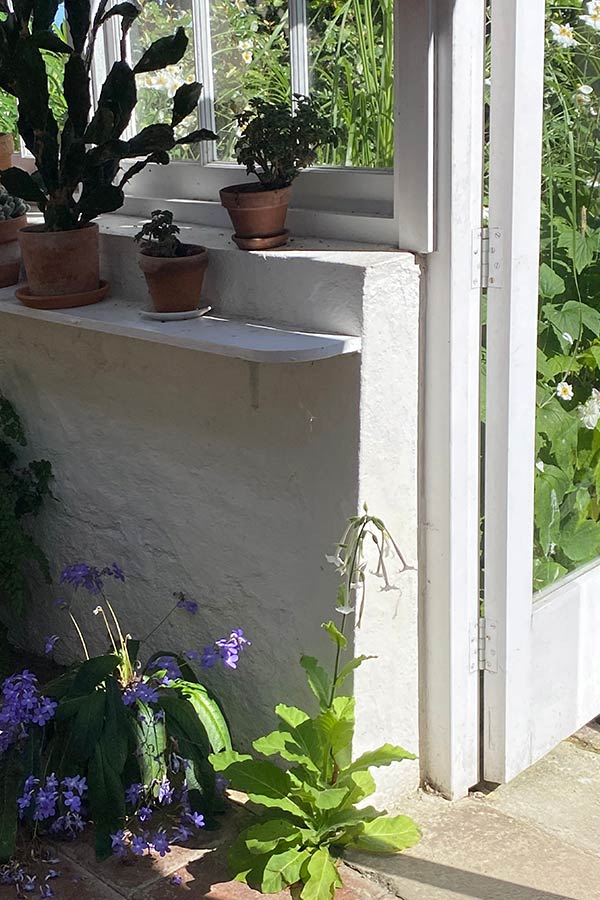
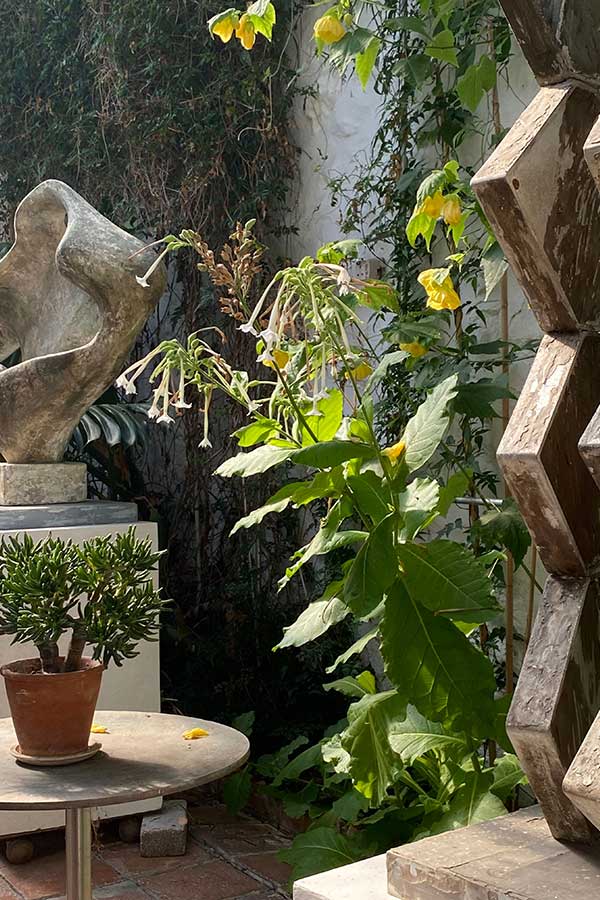
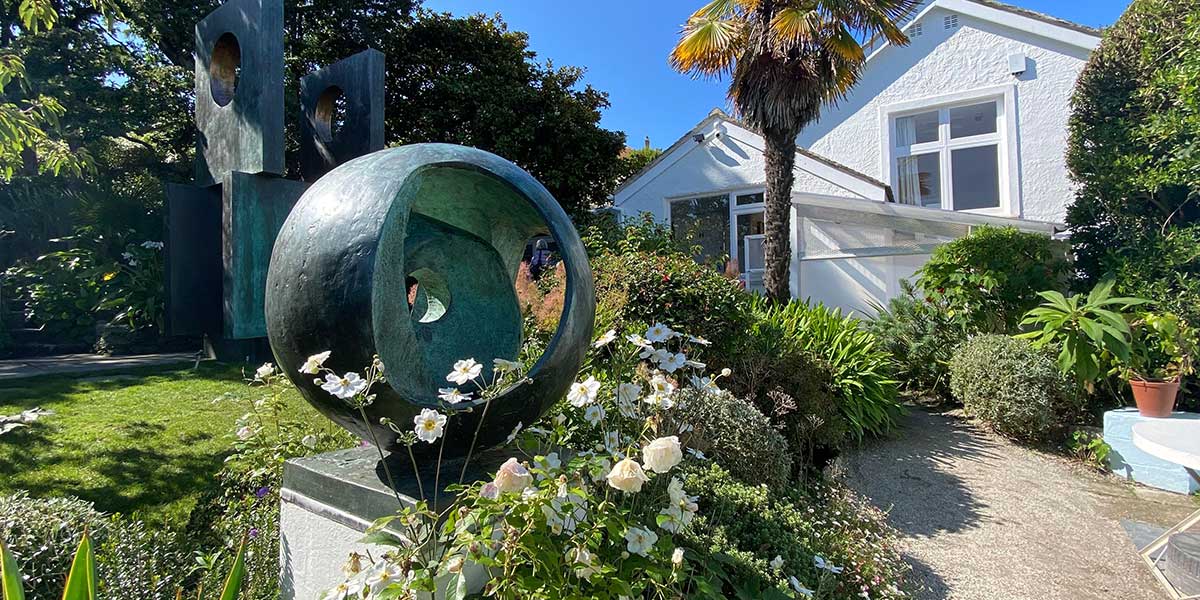
Shop the Look
Barbara Hepworth
When Landscape Shapes Art
One of Britain’s most daring and visionary sculptors, Barbara Hepworth is celebrated for her organic forms, for her dynamic interplay between solid and void, convex and concave. Her St Ives studio, managed by the Tate since 1980, is still imbued with her presence, almost fifty years on.

Born in Wakefield in 1903, Hepworth was fascinated with shape and form from an early age.
« All my early memories are of forms and shapes and textures. Moving through and over the West Riding landscape with my father in his car, the hills were sculptures; the roads defined the form. Above all, there was the sensation of moving physically over the contours of fullness and concavities, through hollows and over peaks – feeling, touching, seeing through mind and hand and eye. This sensation has never left me. I, the sculptor, am the landscape. I am the form and I am the hollow, the thrust and the contour. »
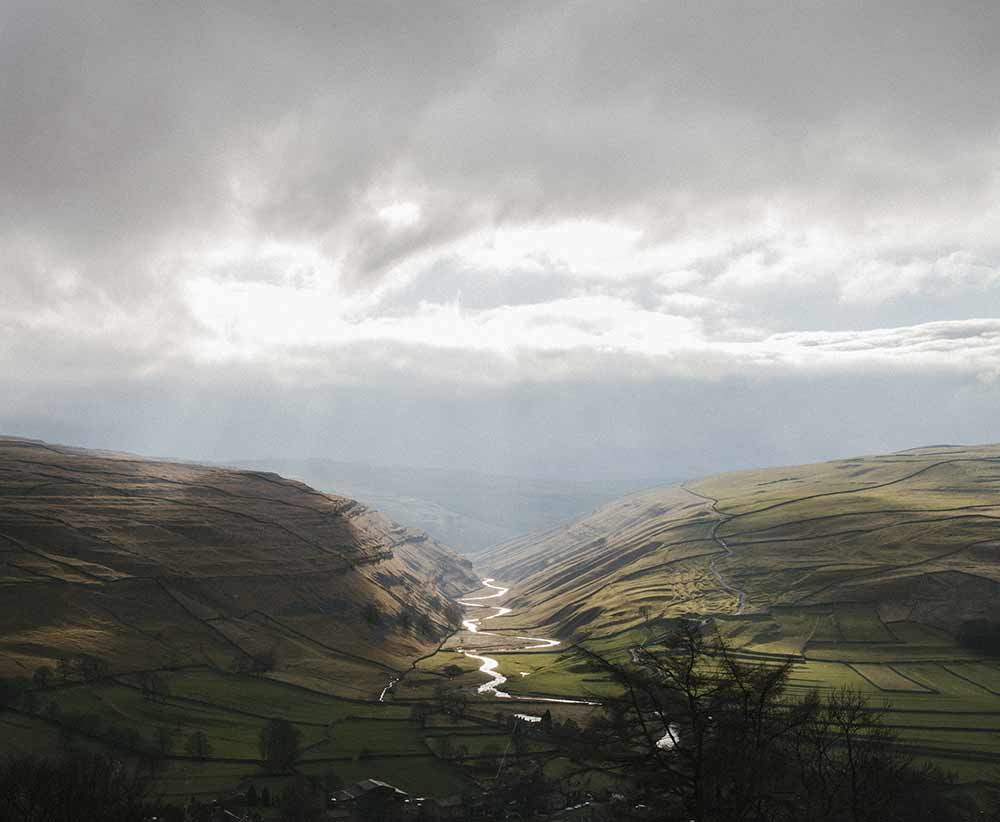
At the age of seven, studying Egyptian statues at school, she already felt the irresistible pull of sculpture: «Space and volume, so tangible, enveloped me in a sharp, brilliant light amidst the surrounding darkness. » After attending Leeds School of Art and the Royal College of Art in London, Hepworth moved toward abstraction, pushing the boundaries of traditional sculpture.

Her journey, shaped by pivotal encounters with renowned artists like Brancusi and Arp, explored the intimate relationship between humanity and nature, forms and voids, in a subtle tension that gave her monumental sculptures their compelling uniqueness.

In 1939, seeking refuge from the second world war, Hepworth moved with her husband Ben Nicolson and their young children to St Ives, a place where the landscape – cliffs, sea, and moors – shaped her art profoundly. She drew strength from the elements; crafting sculptures that echoed the tension she felt with nature. It wasn’t until a decade later, however, that she found the perfect space for her work: the Trewyn Studio, an open-air light filled haven. Here, she produced some of her most iconic works, until her tragic death in 1975, in the fire of her studio.
« Finding Trewyn Studio was a sort of magic. For ten years I had passed by with my shopping bags not knowing what lay behind the twenty-foot wall… Here was a studio, a yard and garden, where I could work in open air and space. »
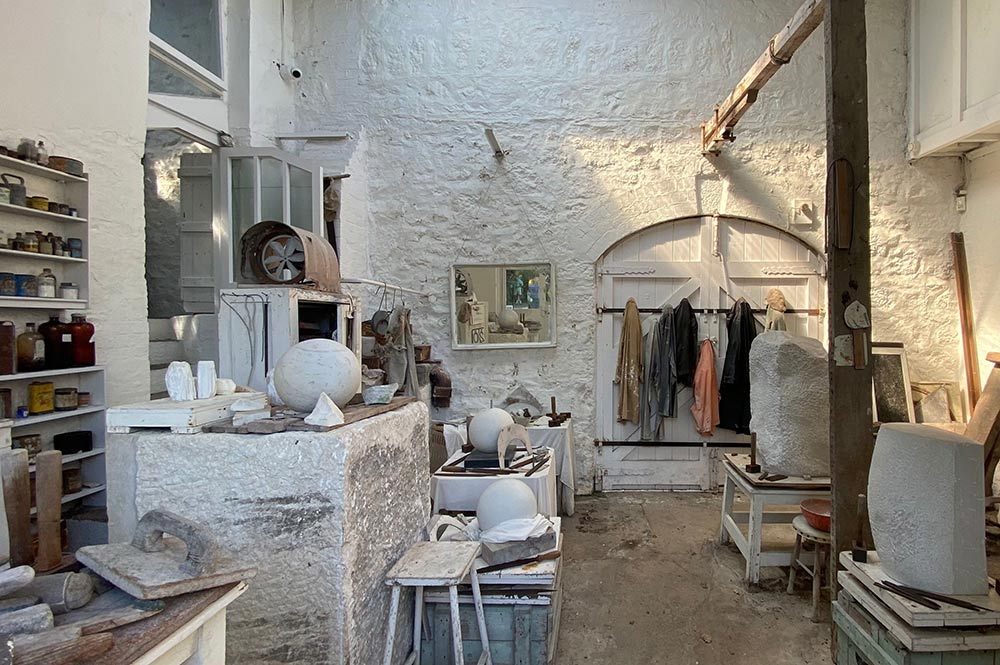
Trewyn Studio, tucked away from the bustling streets of St Ives, remains a sanctuary-like space.
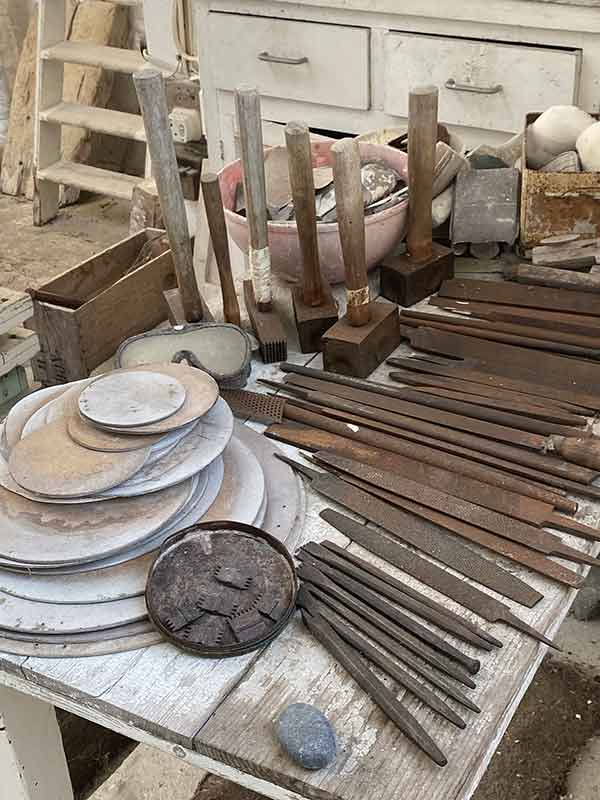
The sculpture garden extends beyond the studio, with terraced paths winding through lush subtropical plants. From certain points you can glimpse the sea. In Hepworth’s time you could see it from the bed set up in the garden shed.
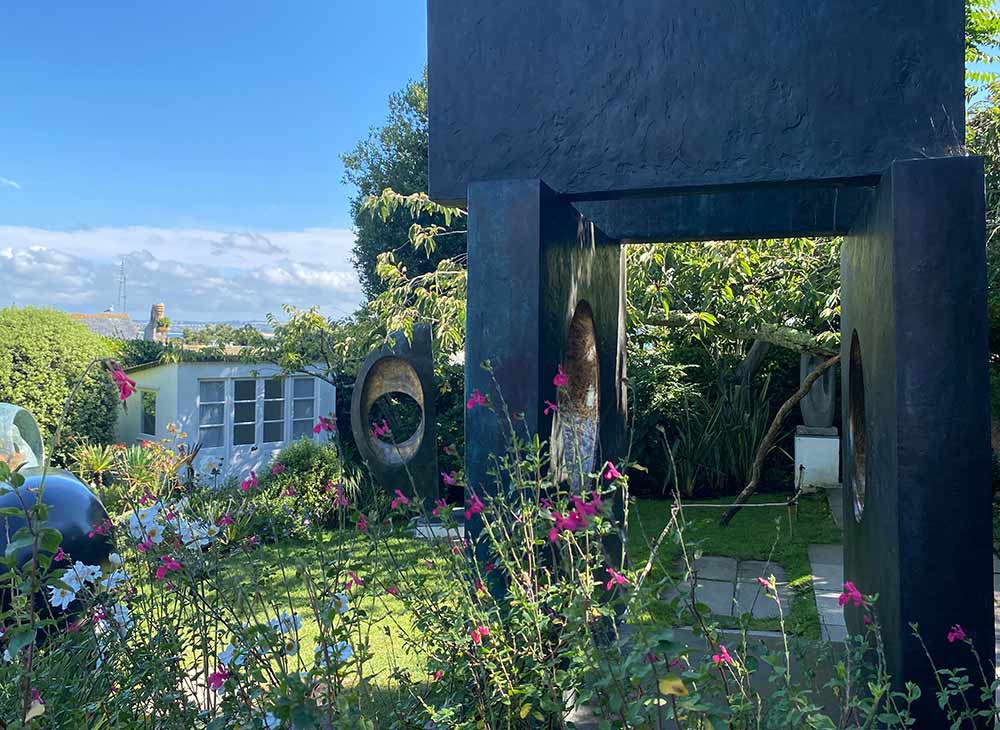
Hepworth’s sculptures, carved from raw materials like bronze and marble, are perfectly at home amongst the foliage. Each piece reflects the natural forms around it, as if they were designed in concert with the landscape. The composer Priaulx Rainier, in St Yves at the time, helped design the garden.
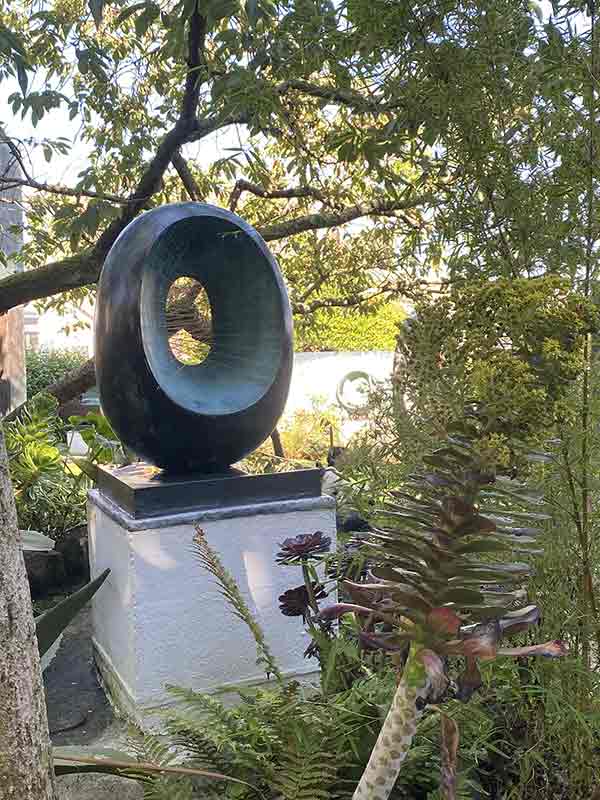
Light filters through the garden’s leaves, casting vibrant patterns that highlight the sculptures’ textures. Up close, hidden details emerge. Every turn reveals a new perspective, creating an immersive experience that draws visitors into a dialogue with the art. This blend of nature and abstraction fosters a sense of calm and contemplation, making the art not just something to observe but to feel.
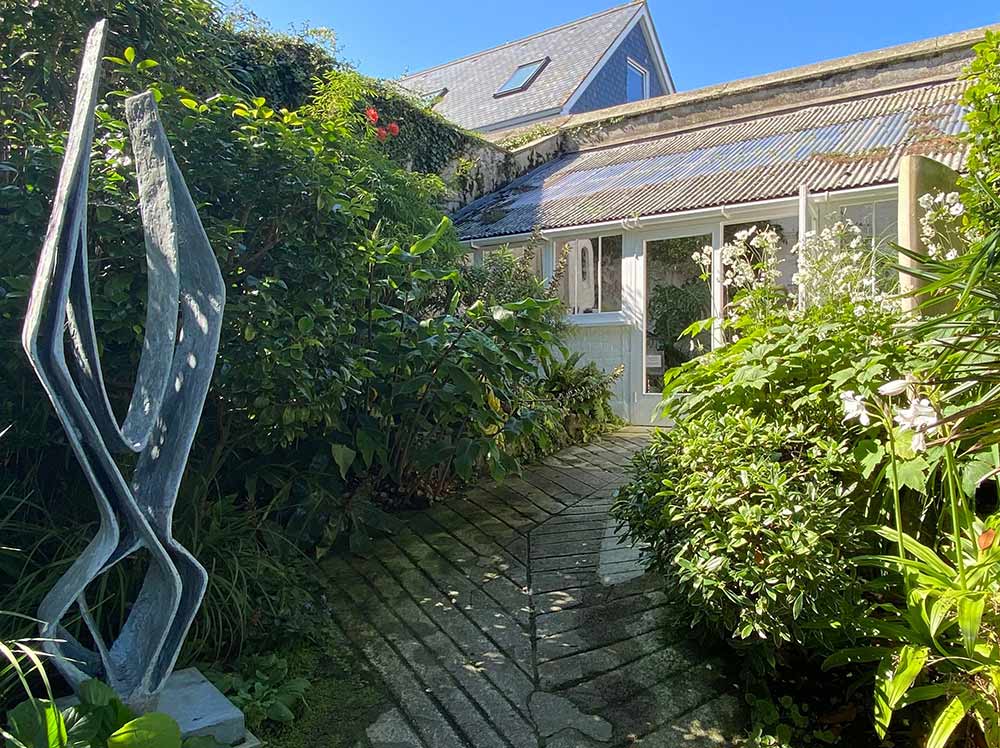
Barbara Hepworth never fit into any mould, which is what makes her legacy so vibrant, as Sarah Matson, director of the Tate St Ives, explains: «Barbara Hepworth’s language is universal and timeless. This is why her sculptures resonate with the ancient stones of Cornwall, such as those at Mên-an-Tol, and she remains one of the few artists of her generation whose work can naturally integrate into contemporary art exhibitions today. »
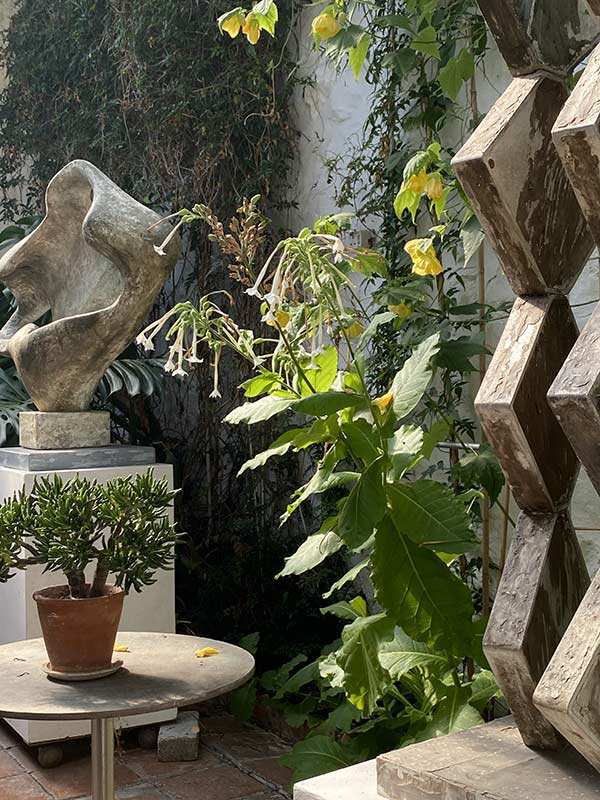
Hepworth’s sculptures live and breathe with the changing light, wind, and seasons. This garden is not just a setting for her work but a living, evolving testament to her vision.
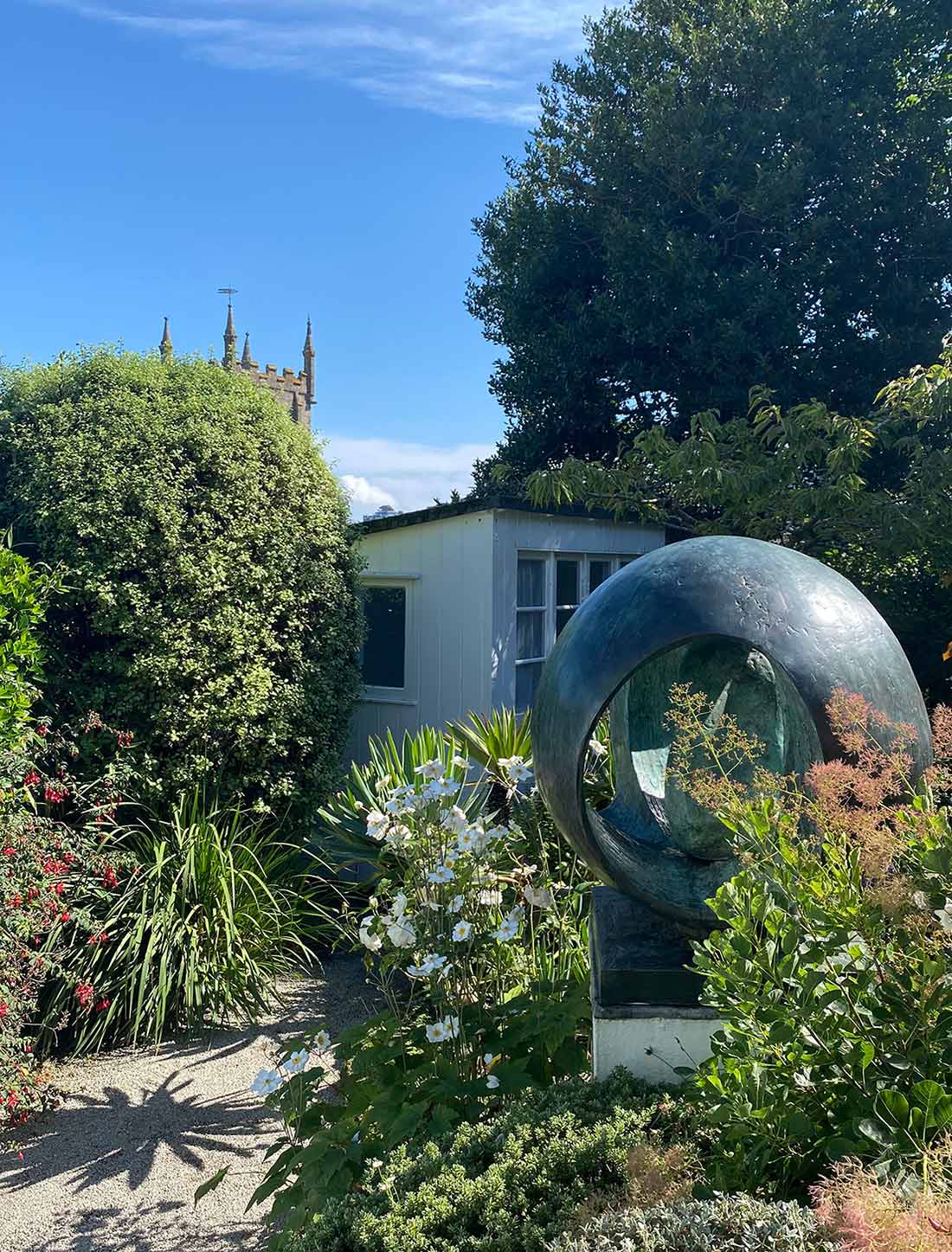
Shop the Look



